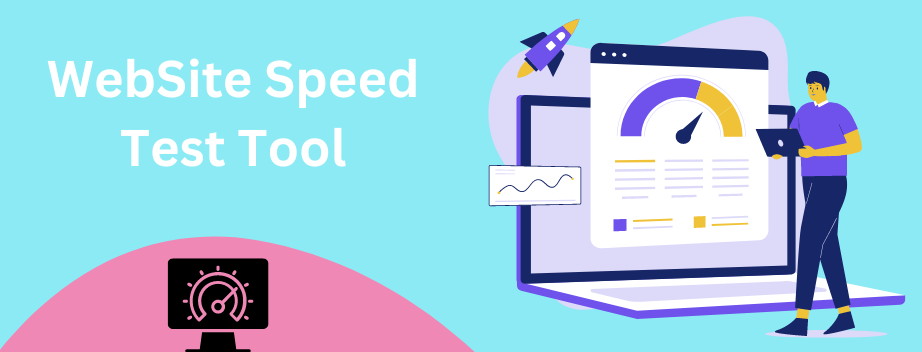Request the Quote!


Instant Call Back

Unmatched Price
About Website Speed Test
A Website Speed Test is a tool used to evaluate the performance and speed of a website. It provides insights into how quickly web pages load and identifies areas for improvement to enhance user experience and SEO performance.
Website speed is crucial because it affects user experience, engagement, and SEO. Faster loading times lead to lower bounce rates, higher user satisfaction, and better search engine rankings. Slow websites can frustrate users and lead to lost traffic and conversions.
To test website speed, you can use a variety of tools designed to analyze and optimize performance. Google PageSpeed Insights provides detailed insights into both desktop and mobile speed, offering suggestions for improvement. GTmetrix combines data from Google Lighthouse and WebPageTest to give a comprehensive performance overview. Pingdom Website Speed Test allows you to check load times from different geographic locations and provides a breakdown of what’s affecting performance. WebPageTest offers advanced diagnostic tools and customizable test scenarios to deeply analyze speed and performance. These tools help identify bottlenecks and areas for optimization to enhance the overall user experience.
When conducting a website speed test, several key metrics are essential for understanding performance. First Contentful Paint (FCP) measures the time it takes for the first piece of content, such as text or images, to appear on the screen, giving an initial sense of how quickly users see something meaningful. Largest Contentful Paint (LCP) assesses the time required for the largest visible content element, like a large image or block of text, to fully load, indicating how soon the main content is visible to users. Time to Interactive (TTI) tracks how long it takes for a page to become fully interactive and responsive to user input, crucial for user experience. Total Blocking Time (TBT) quantifies the total duration during which the page is unresponsive to user interactions due to long tasks, affecting usability. Lastly, Page Load Time measures the total time it takes for the entire page to load completely, encompassing all resources. Monitoring these metrics helps diagnose performance issues and improve overall user experience.
Website speed is influenced by a variety of factors that collectively impact how quickly a page loads and performs. Key elements include server response time, which is how swiftly your web server processes requests; page size, encompassing all the data such as HTML, CSS, JavaScript, and images that need to be downloaded; and the number of HTTP requests required to retrieve these resources. Additionally, the efficiency of your code—clean and optimized HTML, CSS, and JavaScript—plays a significant role. Optimizing images and media files to reduce their size without sacrificing quality also contributes to faster load times. Utilizing a Content Delivery Network (CDN) can distribute your content across various servers globally, reducing latency and speeding up access for users regardless of their location. Finally, effective caching strategies, both on the server and client sides, help by storing and reusing frequently accessed resources, thereby reducing the need to reload them from scratch each time. Each of these factors must be carefully managed to ensure optimal website performance and user experience.
Regular testing is recommended, especially after making significant changes to your website. It's also good practice to test periodically to ensure that performance remains optimal.
If your website is slow, there are several key actions you can take to improve its performance. Start by optimizing images and media files to ensure they are compressed and appropriately sized, reducing the amount of data that needs to be loaded. Minimize HTTP requests by combining files and using techniques such as inline CSS and JavaScript where possible. Implement caching strategies to store frequently accessed data, which can significantly reduce load times for returning visitors. Utilizing a Content Delivery Network (CDN) can also help by distributing your content across various global servers, reducing latency for users regardless of their location. Additionally, review and refine your code to eliminate inefficiencies and ensure that your server response time is as fast as possible. If necessary, consider upgrading your hosting plan to a more robust solution that can better handle traffic and resource demands. Regularly monitor your site’s performance and apply these best practices to maintain a speedy and efficient user experience.

A slow website can lead to frustrated users, lower engagement, and even lost revenue. This is why website speed tests and performance analysis have become crucial for every website owner. In this b...

Introduction
A website speed test tool is a vital resource for webmasters, digita...
A thousand mile journey starts with a single step. Get in touch with us and we will begin a partnership that will take your business to new heights.
Copyright @2020. All Rights Reserved by WEB DIGITAL MANTRA IT SERVICES PVT LTD